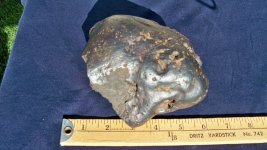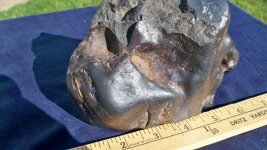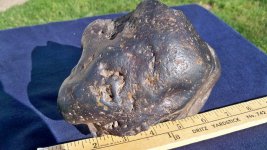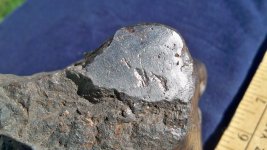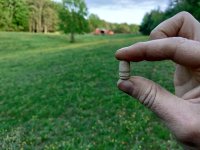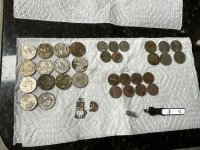old digger
Gold Member
- Jan 15, 2012
- 7,502
- 7,298
- Detector(s) used
- White's MXT
- Primary Interest:
- All Treasure Hunting
If you have a certain sample that has been looked at by an authority, and had the sample tested, and is assumed to be meteorite material, where would you be able to sell the item?



